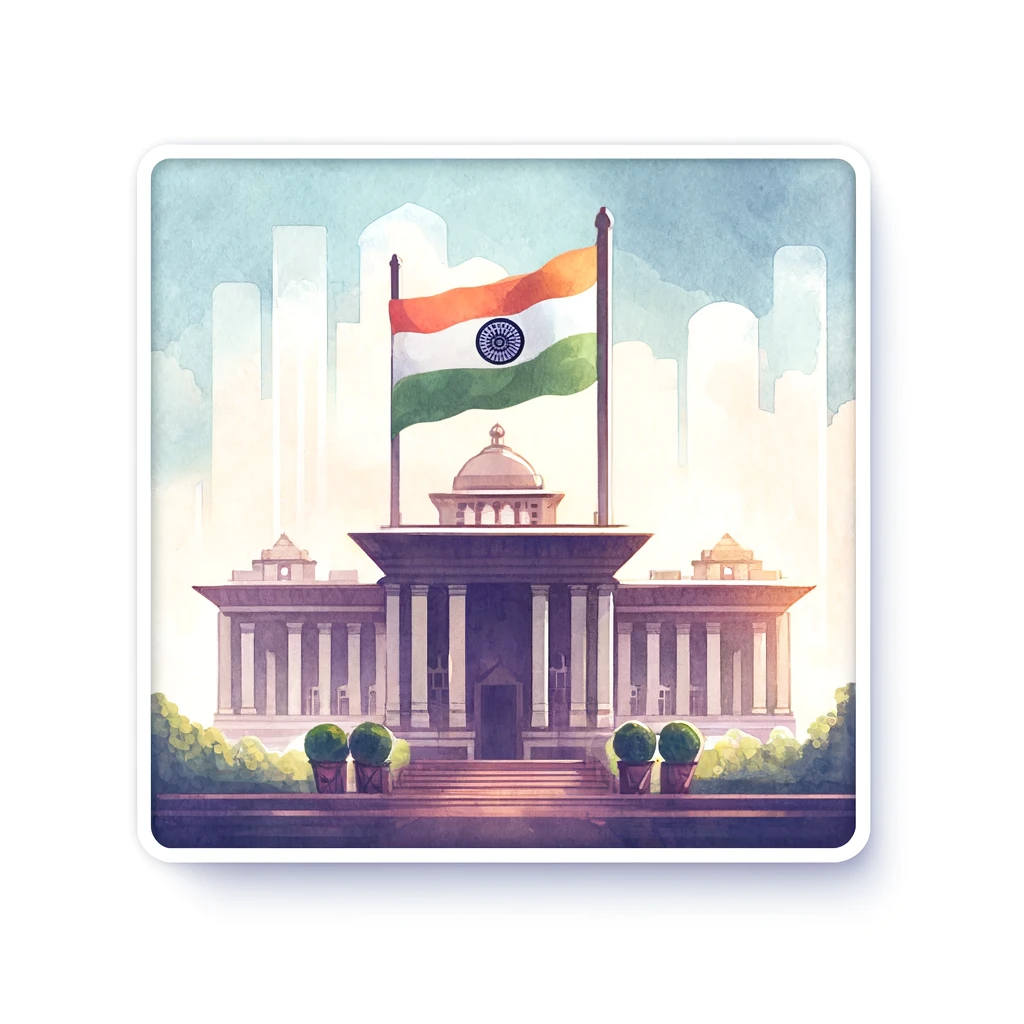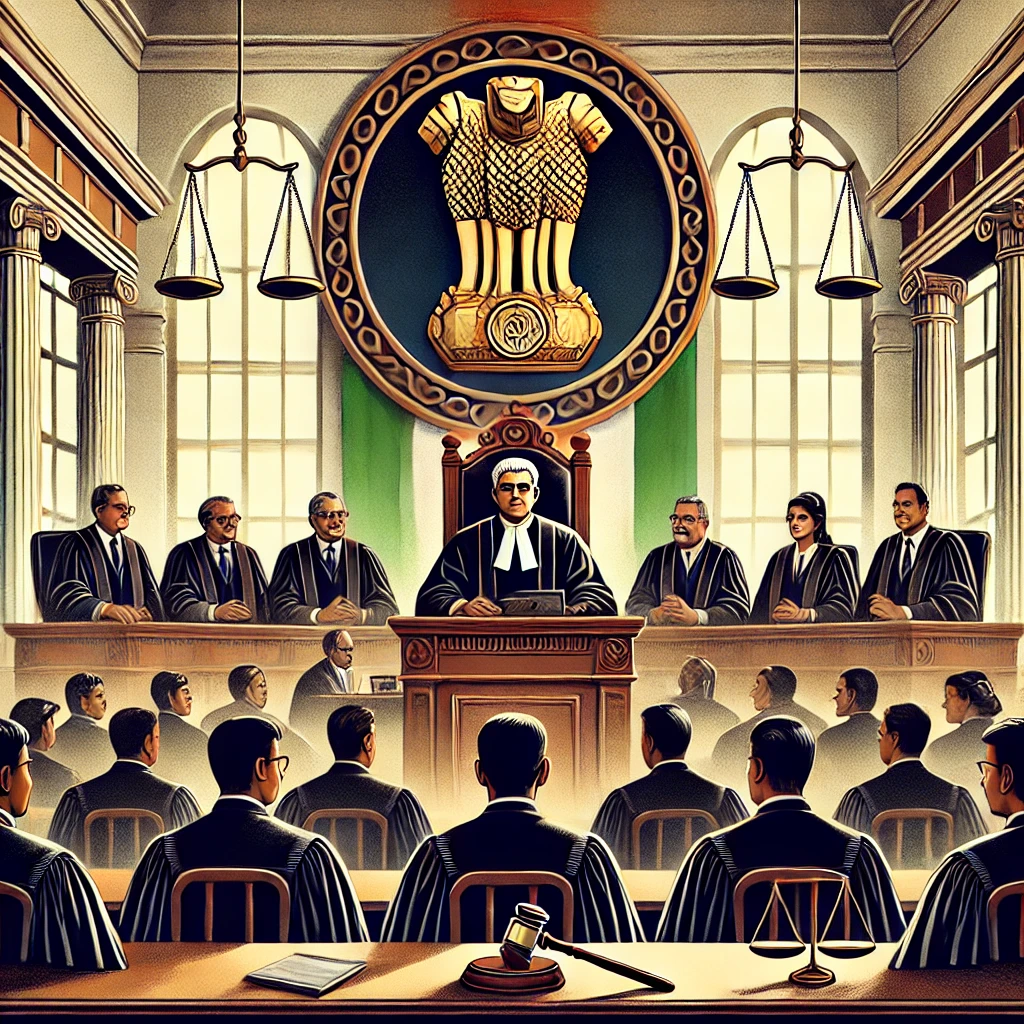System of governance then denotes the framework through which the country or organization is run, its laws, institutions, and procedures. It can be said that it conveys how power is distributed, how decisions are made, and how accountability is provided. Just as the countries differentiate in systems of governance between democracy, monarchy, or authoritarianism, so do the different cultural, historical, and political backgrounds.
- A functioning system of governance ensures that decision-making becomes transparent, accountable, and rule-bound.
- The system of governance refers to how the government is connected to its citizenry for public participation.
- This comprises institutions: including the executive, legislature, and judiciary that exercise power in checks and balances.
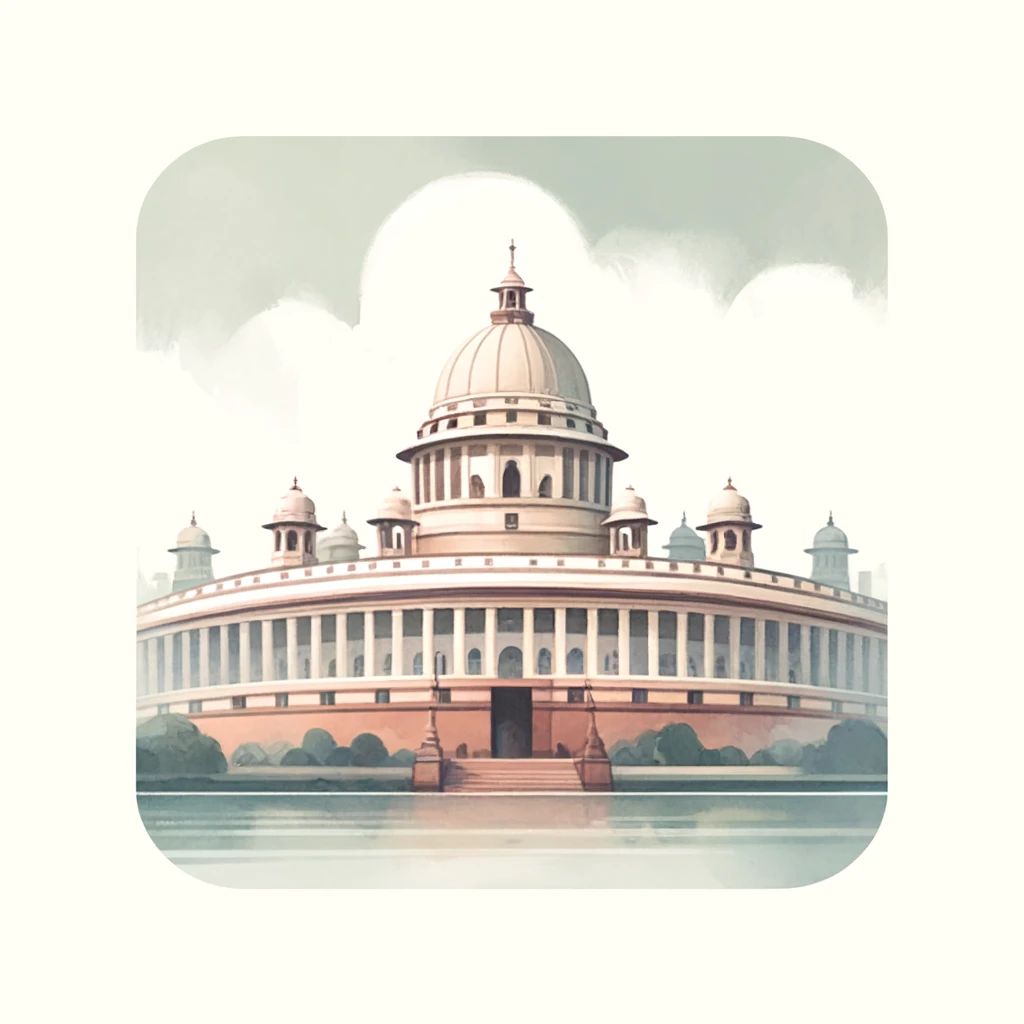
Rajya Sabha and Lok Sabha
Rajya Sabha and Lok Sabha are the two houses of India’s Parliament. Lok Sabha represents the people, while Rajya Sabha represents states, both playing key roles in lawmaking and governance.
Rajya Sabha
- The Rajya Sabha is the upper house of Parliament that represents the states and union territories of India. It has a maximum strength of 250 members.
- Election and Nomination: 238 members are elected by the elected members of State Legislative Assemblies and by the members of the Electoral College for Union Territories, through proportional representation by means of a single transferable vote. The President of India nominates 12 members from fields like literature, science, art, and social service.
- Term: Members serve staggered six-year terms, with one-third of the members retiring every two years.
- Leadership: The Vice-President of India shall be the ex-officio Chairman of the Rajya Sabha. The Deputy Chairman is to be elected from among its members.
Lok Sabha
- The Lok Sabha is the lower house of Parliament, directly representing the people of India. It has a maximum strength of 552 members.
- Election: Members are directly elected by the people from single-member constituencies through general elections, based on universal adult suffrage.
- Term: The Lok Sabha has a term of five years, but the President can dissolve it before its term expires.
- Leadership: The Speaker, elected by the members, presides over the Lok Sabha. The Deputy Speaker is also elected from among its members.
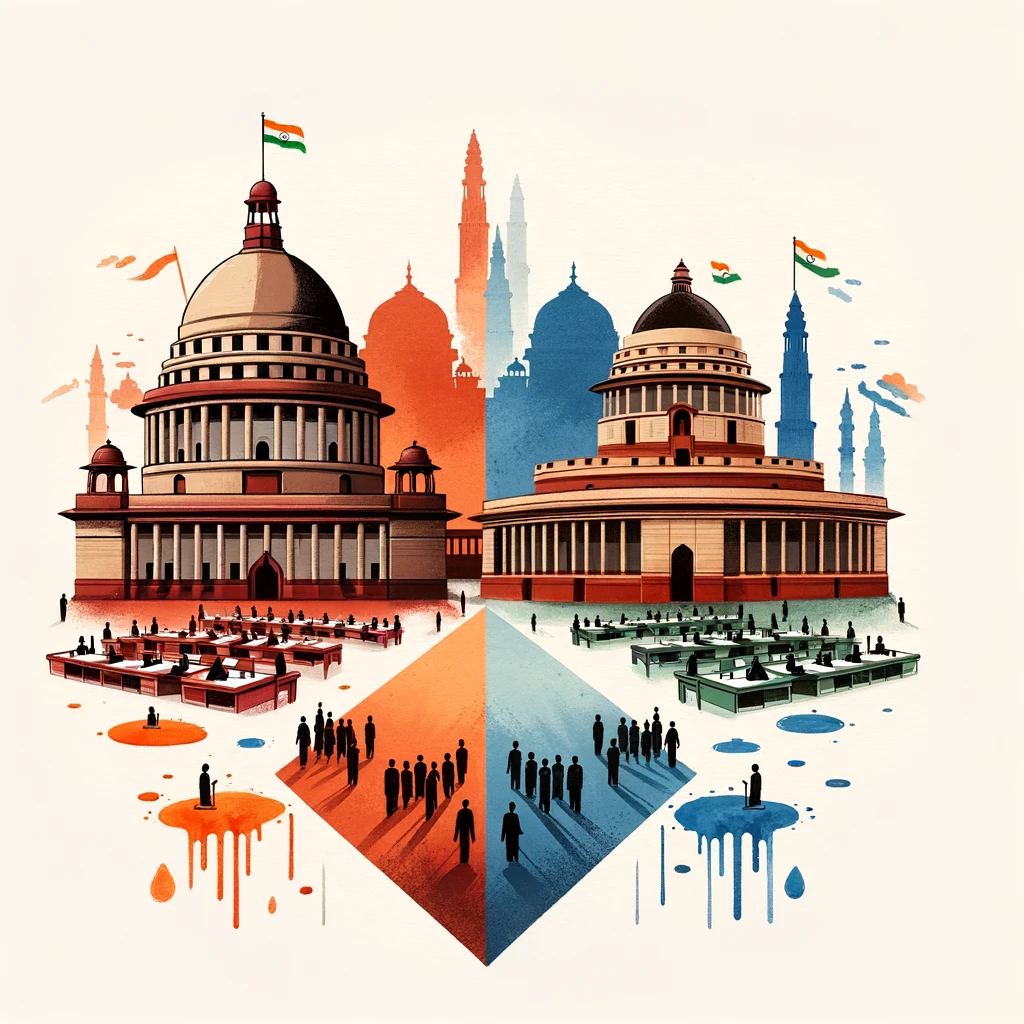
Legislative Process: How a Bill Becomes a Law
The legislative process involves a bill’s proposal, discussion, and approval by both houses of Parliament. Once passed by Lok Sabha and Rajya Sabha, it is signed by the President to become law.
Introduction
A bill can be introduced either in the House of Parliament, except the money bills that have to be introduced in the Lok Sabha. The bills can also be introduced by the ministers (government bills) as well as by the private members (private member bills).
Stages of a Bill
- First Reading: The bill is introduced, and its object read before the house. It is then published in the Official Gazette.
- Second Reading: It has two sub-stages:
- General Discussion: Members discuss the philosophy and general characteristics of the bill.
- Committee Stage: The bill is sent to a standing committee for further consideration. The committee studies the bill and then submits its report.
- Consideration Stage: The bill, with the committee’s report, is discussed clause by clause. A motion or a resolution to amend may be moved or put to vote.
- Third Reading: All the versions of the bill are passed upon. If the majority is found in the same direction, it will have to be transmitted to the other house.
Other House
The same procedure is repeated there. If the second chamber accepts the bill without any change, then it is transmitted to the President for assent. But if changes are made, then the said bill is returned to that house which originated it to seek its concurrence .
Presidential Assent
The President shall either give assent, withhold assent or return it for reconsideration with or without amendments. However, money bills can only be returned for reconsideration. If both Houses again pass the bill with or without modifications, the President has to give his assent.
Parliamentary Committees: Types and Functions
Standing Committees
- Departmental Standing Committees: These committees review the working of different ministries and departments.
- Public Accounts Committee (PAC): It scrutinizes the government’s expenditure so that it is in compliance with the Parliament’s decisions.
- Estimates Committee: Examines the expenditure incurred by the Parliament.
- Public Undertakings: Inquires into the functioning of public sector undertakings.
- Select and Joint Committees
- Select Committees: Formed with a specific objective to discuss specific bills.
- Joint Committees: It consist of members belonging to both houses about specific subjects or bills.
Ad Hoc Committees
- Inquiry Committees: Formed to inquire regarding any matter.
- Consultative Committees: Forms a platform between the ministers and the members to discuss the policies and schemes that are implemented.
Functions
- Scrutiny of bills and matters in details.
- Observation of the working of the government.
- Accountability and transparency.
- Giving specialized advice.
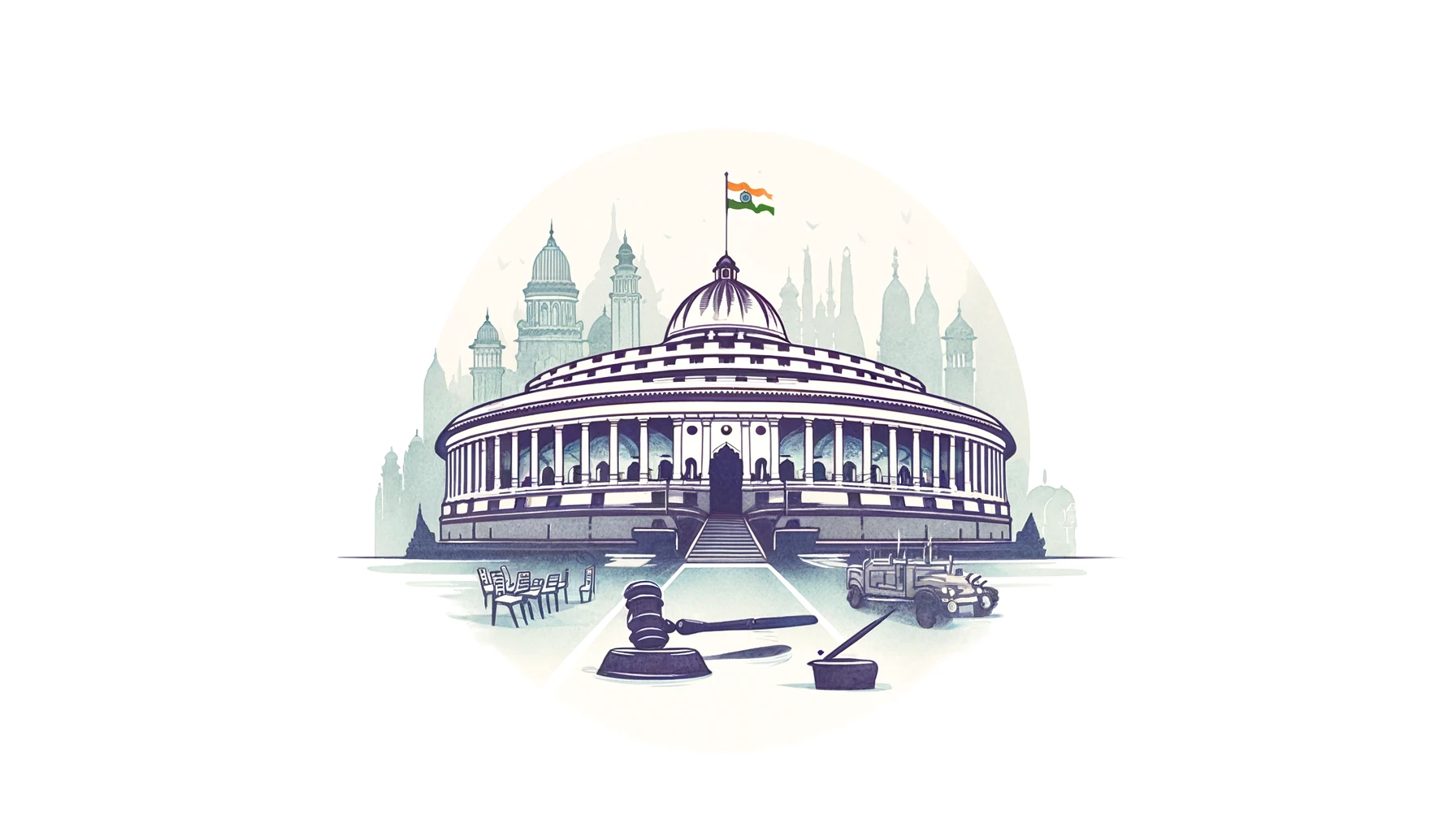
Powers and Privileges of Members of Parliament
Members of Parliament (MPs) enjoy certain powers and privileges, including freedom of speech in Parliament, immunity from legal action for actions within parliamentary proceedings, and access to government information for effective lawmaking.
Powers
- Legislative: MP stages are involved in law making, introducing, debating, and voting of bills.
- Financial: They scrutinize the budgetary expenditure of the government and receipt of revenue using conversation on budgets and committees.
- Representation of constituents: They represent electorates in Parliament.
- Oversight Functions: They question ministers, debate and sit on committees to ensure that there is a responsibility for the government
Privileges
- Freedom of Speech: MPs are allowed to say whatever they feel like within Parliament and no action will be taken against them
- Immunity from Arrest: MPs are not liable to arrest when the house is sitting and 40 days before and after sitting, unless for treason, felony or breach of the peace.
- Exemption from Jury Service: MPs are exempt from the service in court cases as jurors or witnesses during sittings.
- Right to Information: They receive information and documents from the government that are necessary for their parliamentary duty
Role of Speaker and Chairman
Speaker of Lok Sabha
- Presiding Officer: The speaker chairs Lok Sabha meetings, which ensures orderly conduct of business
- Maintaining Decorum: In charge of maintaining proper discipline and decorum in the house.
- Powers to Decide: The Speaker determines matters of order and has the last word on all other matters of procedure.
- Casting Vote: In case of a tie, the Speaker exercises his casting vote.
- Committee Nominations: The Speaker nominates members for various parliamentary committees.
Chairman, Rajya Sabha
- Committee Oversight: Performs its oversight role in the working of committees of the Rajya Sabha.
- Presiding Officer: The Vice-President of India, being the Chairman, presides over the Rajya Sabha sittings.
- Fixing the Order: She upholds the smooth delivery of proceedings and retains the adherence to parliamentary rules.
- Determining Authority: Deals with procedural and points of order.
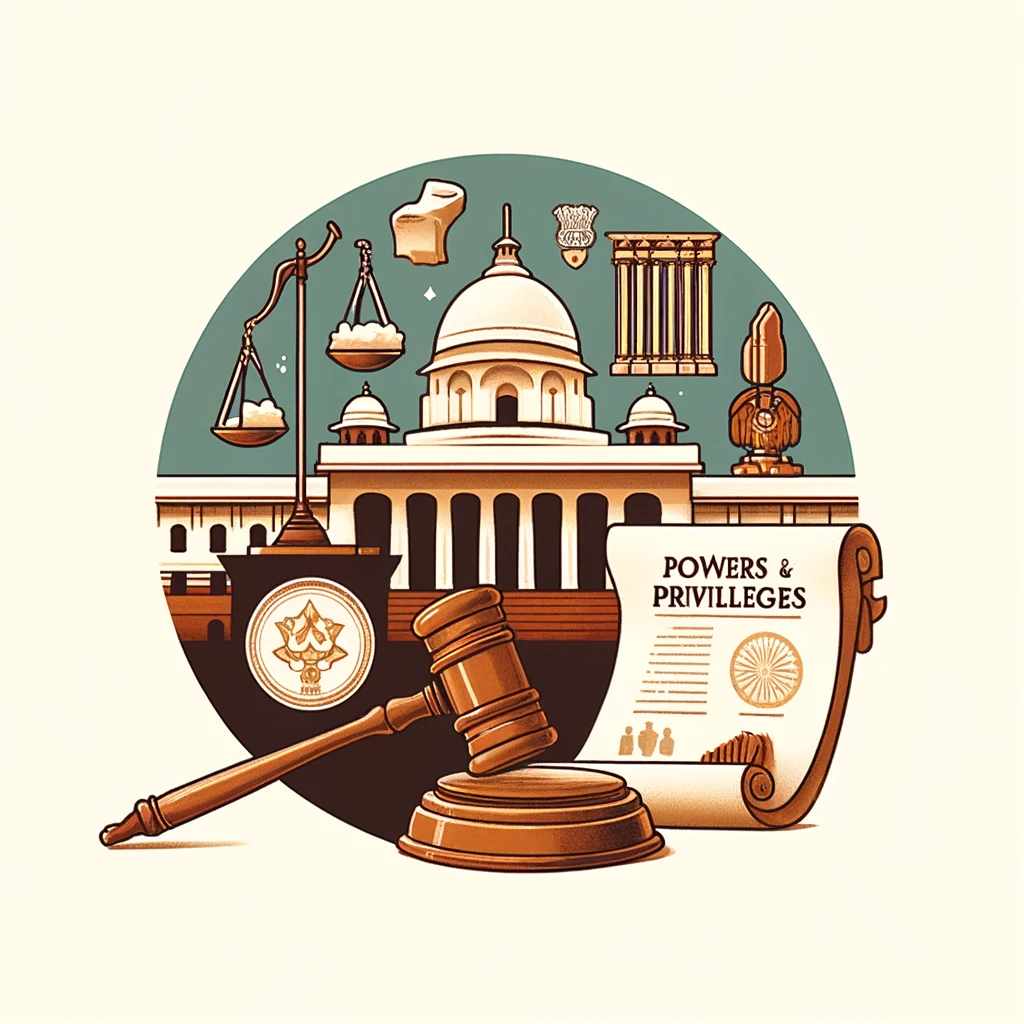
Joint Sessions of Parliament: Purpose and Procedure
A Joint Session of Parliament occurs when Lok Sabha and Rajya Sabha meet together to resolve deadlocks on certain bills. It is presided over by the Speaker of Lok Sabha.
Purpose
- Breaking Logjams: For breaking the logjam on some bills between the two houses, joint sittings are resorted to.
- Constitutional Provisions: Article 108 of the Indian Constitution vests joint sittings with power.
Procedure
- Calling a Joint Sitting: The President calls a joint sitting on recommendation of the Prime Minister.
- Presiding Officer: The Speaker of Lok Sabha presides over the joint sitting
- Debate and Voting: The members of both the houses debate the bill. The bill must pass with a simple majority of the members present and voting
- Bill Becomes Law: The bill is deemed to have cleared both houses and thus goes to the President for his assent.
Conclusion
The Parliament of India is an essential institution in the country’s democratic framework. Understanding its structure and functions, from the composition of the Rajya Sabha and Lok Sabha to the legislative process, role of committees, and powers and privileges of MPs, is indispensable in understanding how laws are made and how governance is conducted.
| System of Governance UPSC Notes |
| 1. System of governance refers to the framework guiding how a country or organization is managed and governed. 2. It determines how power is distributed and decisions are made in a country. 3. Common systems include democracy, monarchy, and authoritarianism, each with unique characteristics. 4. The system of governance impacts lawmaking, policy development, and accountability. 5. Institutions like the executive, legislature, and judiciary maintain balance in governance. 6. A robust governance system ensures transparency, accountability, and public participation. 7. Governance frameworks influence economic development, social justice, and human rights protections. 8. A country’s historical, political, and cultural background shapes its system of governance. |

